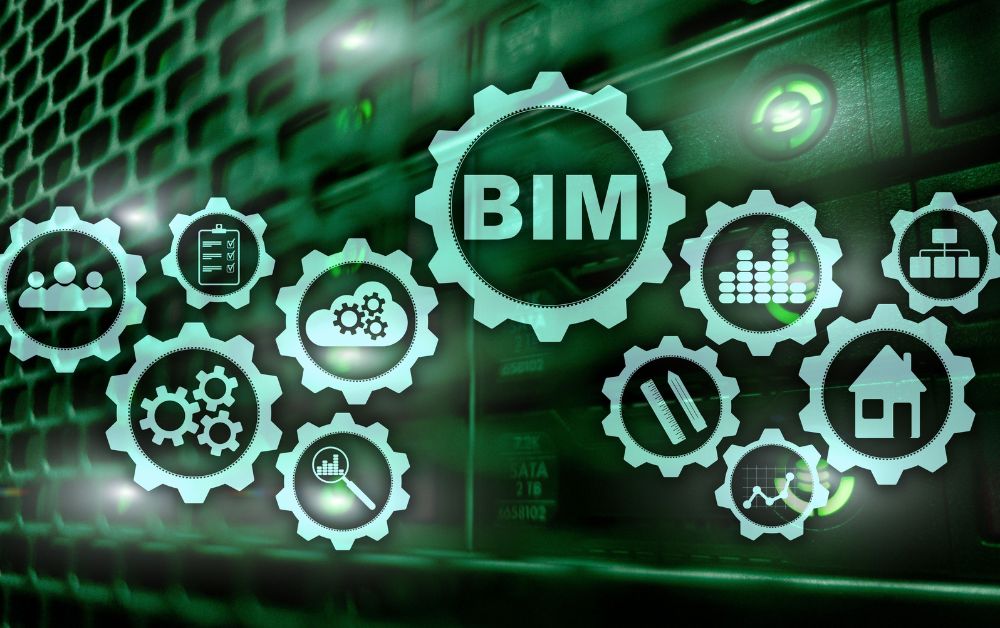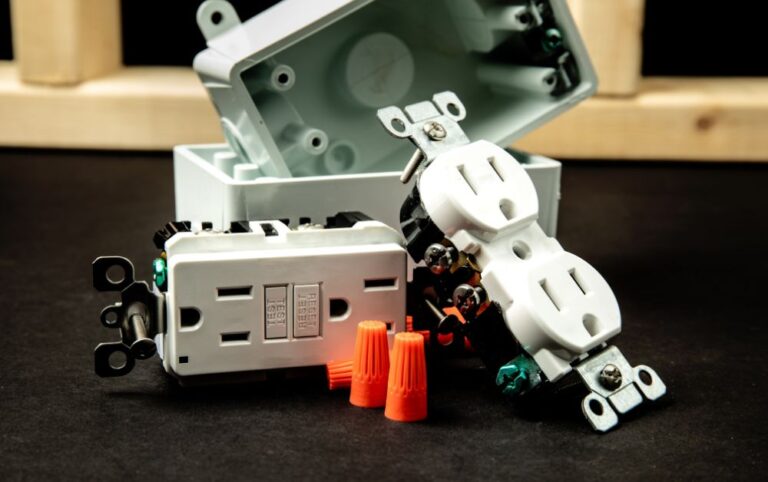Top BIM Technology Trends to Look Out For
Gone are the days when construction activities were mainly associated with considerable material loss and time wastage. Technologies like BIM (Building Information Modelling) have now reduced this loss by connecting the design, planning, and operations teams efficiently.
If you are associated with the construction industry, staying up-to-date with recent BIM trends is always beneficial. After all, relevant knowledge will enlighten you to choose suitable BIM services for the next project.
This article covers the top BIM trends that engineers, architects, builders, and homeowners should never overlook. The future of construction is changing rapidly, and these trends can prove to be real game-changers.
Upcoming Building Information Modelling Trends
The industry was already in awe of BIM’s potential to build data-enriched 3D CAD models. But these days, the future has become even more intriguing.
Augmented and Virtual Reality
Modeling is no longer an intricate task, thanks to AR and VR technologies. Professionals can analyze big-sized 3D models at faster rates with these computing techniques.
Companies offering BIM services can provide clients with an intuitive experience with virtual reality tours. For instance, homeowners can now benefit from the integration of VR in the BIM methodology.
In simple words, clients can receive a virtual tour of a BIM model through hi-tech virtual reality headsets. On the other hand, augmented reality can help efficiently accelerate remote site management.
Utility of Drones
Project managers need to have an on-field visual experience of a remote construction site. This visualization is vital to assess the BIM-based data of a project.
Drones take the monitoring process to a whole new level, moving one step ahead of sharing BIM images and models. Now project executives can save several dollars by gaining access to real-time data through drones.
This modern BIM trend has a massive potential to reduce project delays and improve productivity. BIM experts can modify their models to meet current requirements using on-field drone data.
BIM Cloud Technology
Cloud servers hold a vast amount of data belonging to different industries. At this time, the construction field is leveraging this technology to gain insights into the design stage.
Different teams can access BIM data remotely and collaborate with ease. This convenience leads to swift reporting, reduced time wastage, and quick decision-making of the BIM team.
Overall, the robust digital infrastructure enables better connectivity between different teams. BIM models can better reach the appropriate stakeholders with no significant delay.
Prefabrication
This construction trend includes assembling a building or structure at a factory location. The professionals transport this assembled unit to the construction site in the next stage.
In this process, the development team saves time, money, and material utilized in conventional construction methodology.
This trend can prevent the harmful effects of weather and on-site challenges in developing a structure. Further, since this process takes place in an optimum factory environment, the BIM team can make necessary changes without any delay.
Wrapping Up
BIM will keep on modifying, thanks to technologies like AI, IoT, AR, and VR. In addition, manufacturing advancement in construction has given rise to 3D printing and prefabrication.
All these trends will boost BIM technology and solutions immensely. Likewise, vendors and construction teams need to quickly adapt to these changing trends.
Above all, staying ahead of the curve with up-to-date information on BIM solutions can give an edge to any architect.
Hello there!
I’m Daniel, a dedicated blogger passionate about uncovering unique ideas and the latest trends in the industry. I have a deep interest in sharing these details with all of you.
Through this blog, I aim to provide you with valuable insights and perspectives. Instead of focusing solely on travel and outdoor activities, I delve into diverse topics that captivate your attention. From intriguing news updates to practical money-saving tips, I explore various subjects.
Additionally, I offer detailed reviews of the gear I’ve acquired on my journeys, and I guide you through the step-by-step process of planning an unforgettable trip.
Are you ready to embark on an extraordinary journey? By immersing yourself in this blog, reading it regularly, finding inspiration, and sharing my stories with your friends, you’ll enhance your next adventure, making it truly memorable, enjoyable, and unforgettable.
I appreciate your support!






